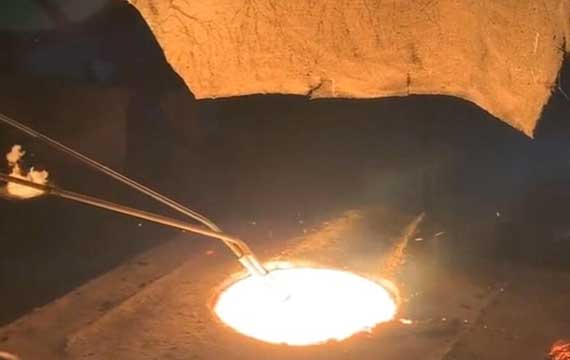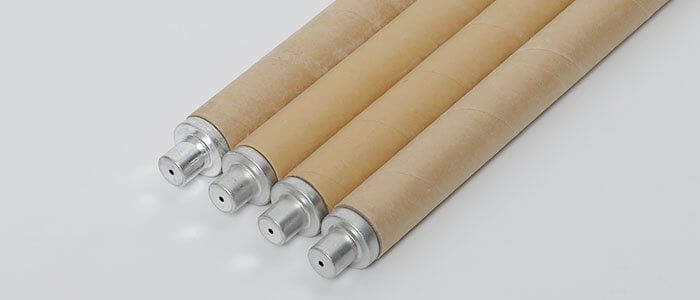Introduction
In the iron and steel metallurgy and casting industry, the temperature measurement of molten steel and molten iron is directly related to product quality, production efficiency and energy consumption control. As the core tool for high-temperature melt temperature measurement, fast thermocouples (Fast Disposable Immersion Thermocouple) can provide accurate temperature data in a very short time, helping operators to optimize process parameters, reduce scrap rate and improve production stability.
Challenges of temperature measurement of molten steel and molten iron
The temperature of molten steel and molten iron is usually between 1400°C and 1600°C, and traditional temperature measurement methods are difficult to meet the needs of fast and accurate measurement. The main challenges include:
- High temperature environment: The high temperature of molten metal places extremely high demands on the heat resistance of temperature measurement equipment.
- Rapid changes: The temperature of molten steel fluctuates greatly during the converter, refining or pouring process, and real-time monitoring is required.
- Harsh working conditions: Impurities such as slag and oxide scale may interfere with measurement accuracy.
Rapid thermocouples, with their unique structural design, can overcome these challenges and become an indispensable temperature measurement tool in the metallurgical industry.
Working principle and structure of rapid thermocouples
Rapid thermocouples work based on the thermoelectric effect (Seebeck effect). When two thermocouple wires composed of different metals (such as platinum-rhodium alloy) are exposed to high temperatures, an electromotive force (mV signal) proportional to the temperature is generated, which can be converted into a temperature value by measuring the signal.
Its typical structure includes:
- Temperature measuring probe: S-type (platinum-rhodium 10-platinum) or B-type (platinum-rhodium 30-platinum-rhodium 6) thermocouple wire is used, which is suitable for ultra-high temperature measurement.
- Protective sleeve: multi-layer design, the outer layer is high-aluminum refractory material (Al₂O₃≥85%), and the inner layer is corundum tube to ensure thermal shock resistance and corrosion resistance.
- Compensation wire: high-temperature resistant alloy is used to reduce signal transmission loss.
Application of fast thermocouples in iron and steel metallurgy
- Converter steelmaking: measure the temperature of molten steel before tapping to ensure that it meets the casting requirements.
- Continuous casting process: monitor the temperature of molten steel in the tundish to prevent nozzle blockage or defects in the ingot.
- Cast iron smelting: control the temperature of molten iron tapping and optimize the inoculation treatment effect.
- Electric furnace steelmaking: real-time monitoring of the temperature of molten steel in the arc furnace to improve energy efficiency.

How to choose a suitable fast thermocouple?
- Temperature measurement range: S-type or B-type thermocouples are recommended for molten steel (1500~1600°C); K-type or N-type can be selected for molten iron (1300~1500°C).
- Response time: standard type (3~5 seconds), ultra-fast type (1~3 seconds).
- Service life: single measurement type (economical type) or reusable type (suitable for continuous temperature measurement).
- Protection level: slag-proof type, splash-proof type, etc., to adapt to different working conditions.
Future development trends
- Intelligent upgrade: integrated wireless transmission (such as Bluetooth, LoRa) to achieve real-time data upload to the MES system.
- Self-diagnosis function: automatic detection of thermocouple loss and reminder of replacement.
- AI temperature prediction: combined with historical data to optimize process parameters and reduce human errors.
Conclusion
Fast thermocouples are the core equipment for temperature measurement of molten steel and molten iron. Their accuracy and response speed directly affect production quality. With the development of intelligent manufacturing, fast thermocouples will be more intelligent in the future, providing more efficient and reliable temperature monitoring solutions for the metallurgical industry. Selecting appropriate thermocouples and using them in a standardized manner can greatly improve production efficiency and product consistency.


